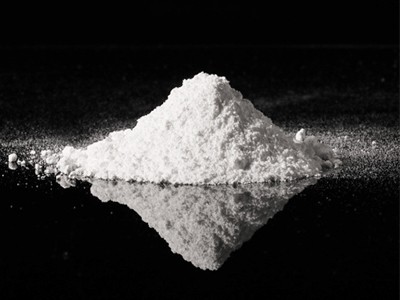In the field of materials science, the combination of hexagonal boron nitride (hBN) and thermoplastics is becoming a hot spot for research and application. This combination is highly favored mainly due to their unique properties and good synergies with each other.
First of all, hexagonal boron nitride (hBN) is a new type of synthetic inorganic material with many excellent properties. It is called “white graphite” because its structure is similar to that of graphite, consisting of hexagonal mesh layers of nitrogen and boron, which overlap each other to form crystals. This structure gives hBN high thermal conductivity, high electrical insulation, good chemical and thermal stability, etc. hBN's low density, low coefficient of friction, and inert to most metal melts, which makes it have a wide range of applications in many fields. Especially in the thermal conductivity and insulation, hBN's performance is especially outstanding, its thermal conductivity is up to 400W/m-K, which is comparable to that of metallic copper, and the thermal conductivity can reach up to 15W/m-K after filling into the polymer.

On the other hand, thermoplastics are a class of plastics that are plastic at a certain temperature, cure on cooling and can repeat the process. Their molecular structure is characterized by linear polymer compounds, which generally do not have reactive groups and do not undergo linear intermolecular cross-linking when heated. Scrap can be reprocessed into new products after recycling, which has both environmental and economic advantages. The main varieties of thermoplastics include polyolefins, cellulose, polyether polyesters and aromatic heterocyclic polymers, which are widely used in various industries.
So why does hBN go better with thermoplastics?
1.Improved thermal conductivity: Although thermoplastics have many advantages, their low thermal conductivity is a significant drawback in applications that require efficient heat dissipation. The high thermal conductivity of hBN can effectively compensate for this shortcoming, improving the thermal conductivity of thermoplastics to meet the heat dissipation needs of electronic and electrical equipment.
2.Maintain electrical insulation: In applications where electrical insulation is required, the addition of hBN can improve thermal conductivity while maintaining or improving the electrical insulation of the thermoplastic, ensuring the safety and reliability of the material.
3.Improved processability: The smooth and frictionless nature of hBN can greatly reduce wear and tear on injection molding and extrusion equipment, increasing equipment life. At the same time, the addition of hBN also provides the plastic with a lower coefficient of thermal expansion, making plastic parts more dimensionally stable and helping to meet the stringent dimensional requirements of the application.
4.Improve the performance of composite materials: after appropriate surface treatment, hBN can be compatible with a variety of resin systems to obtain plastic products with better and more stable performance. Such composites have significant improvements in mechanical properties and thermal stability.

In summary, the combination of hexagonal boron nitride and thermoplastics is highly sought after because of their ability to complement and supplement each other. This combination not only improves the thermal conductivity and electrical insulation of the material, but also improves the processing performance and the overall performance of the composite material, injecting new vitality into the development of the field of materials science.




